You might be considering choosing between RadonSeal and Drylok in sealing your concrete, but you're unsure if you can use the products on the specific concrete surface you need to seal. We researched both concrete sealers, and here are our findings.
RadonSeal protects concrete from moisture and gases on indoor and outdoor concrete floors or walls. It does not work with cracks and gaps. Drylok is either latex or oil-based and is a mixture of paint and cement used for waterproofing concrete. However, it should not be applied on floors.
Read on to learn more about the two concrete sealers and how to use them on a specific type of concrete and what limitations each has. This article will also go into the pros and cons of using each concrete sealer to help you in deciding what to use.
Choosing Between RadonSeal and Drylok
Concrete sealers have five common types: acrylic sealers, epoxy sealers, penetrating sealers, polyurethane sealers, and poly aspartic sealers.
RadonSeal and Drylok are examples of penetrating sealers. They seal the concrete surface, keeping it intact and dry, away from contact with water, oil, or other contaminants that can damage the concrete.
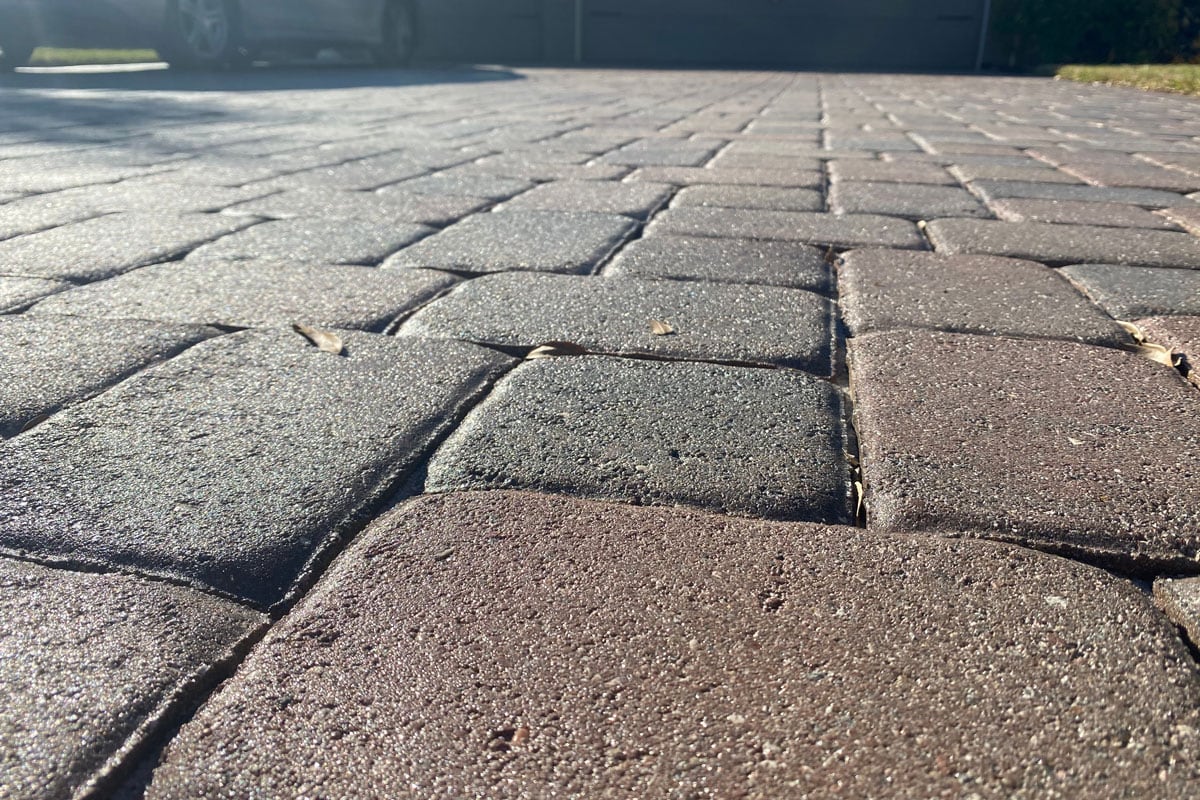
Features And Characteristics
RadonSeal is a concrete sealer for protecting concrete against liquids and gases. It is a clear sealer sprayed or brushed on the concrete surface.
You can use it on new or old concrete located indoors or outdoors as well as on walls and sidewalks. While it gives a smoother look to your concrete, you cannot use it for securing cracks or gaps.
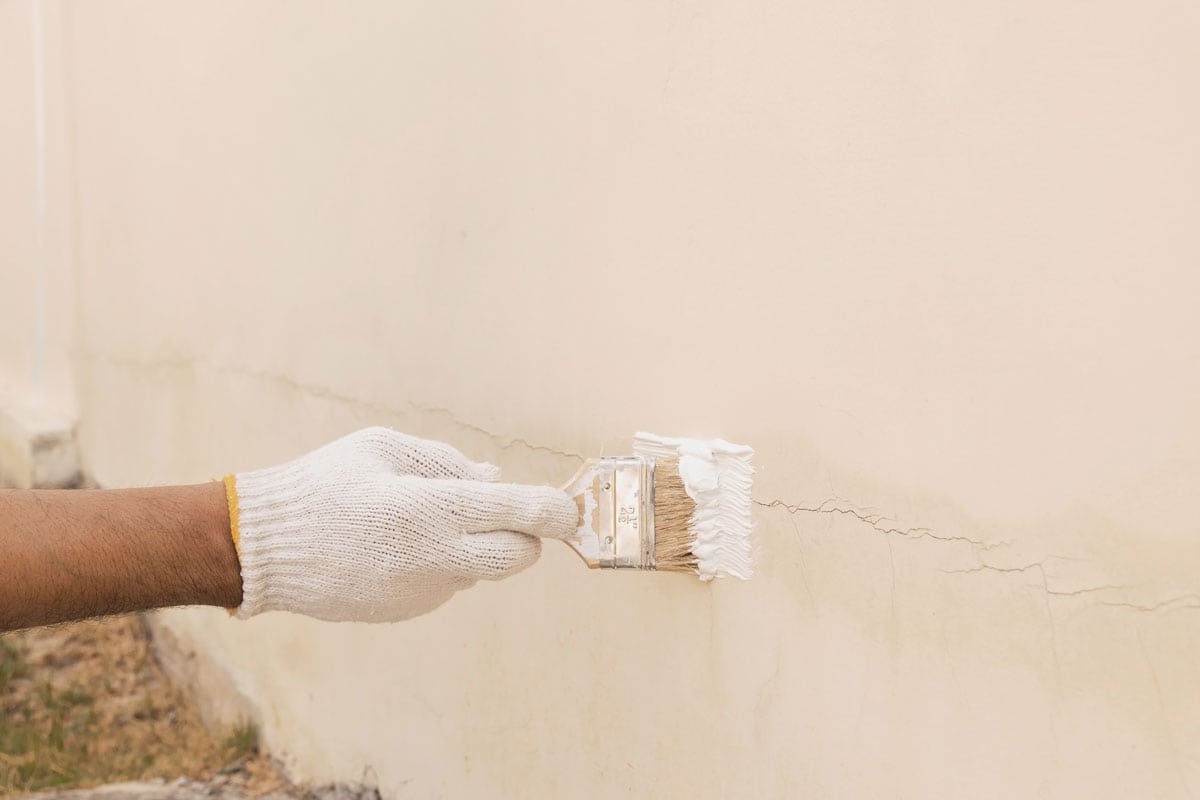
Drylok is latex or oil-based with a combination of paint and cement. It looks like a thin board of cement when dry. The makeup of Drylok does not adhere well to cement, so it is not advisable for waterproofing.
Check out this Drylok waterproofer on Amazon.
Ease Of Usage
It is advisable to use RadonSeal with a sprayer, but you may also use it a brush. You don't need to mix anything with it or dilute it with water.
Moisten the concrete surface with water with a sprayer or a mop for better seal penetration. A full coating needs two to four coats with an interval of 30 to 45 minutes for each coat on a moist surface.
Drylok is easy to use and applies like paint. You don't need to do a lot of preparation and mixing. It's simple to apply since the sealer is lightweight.
Apply two coats for a full coating, letting each coat dry for four to five hours. This makes up a total of around nine to 10 hours for drying the whole application.
Check out this sprayer on Amazon.
Ability To Block Moisture
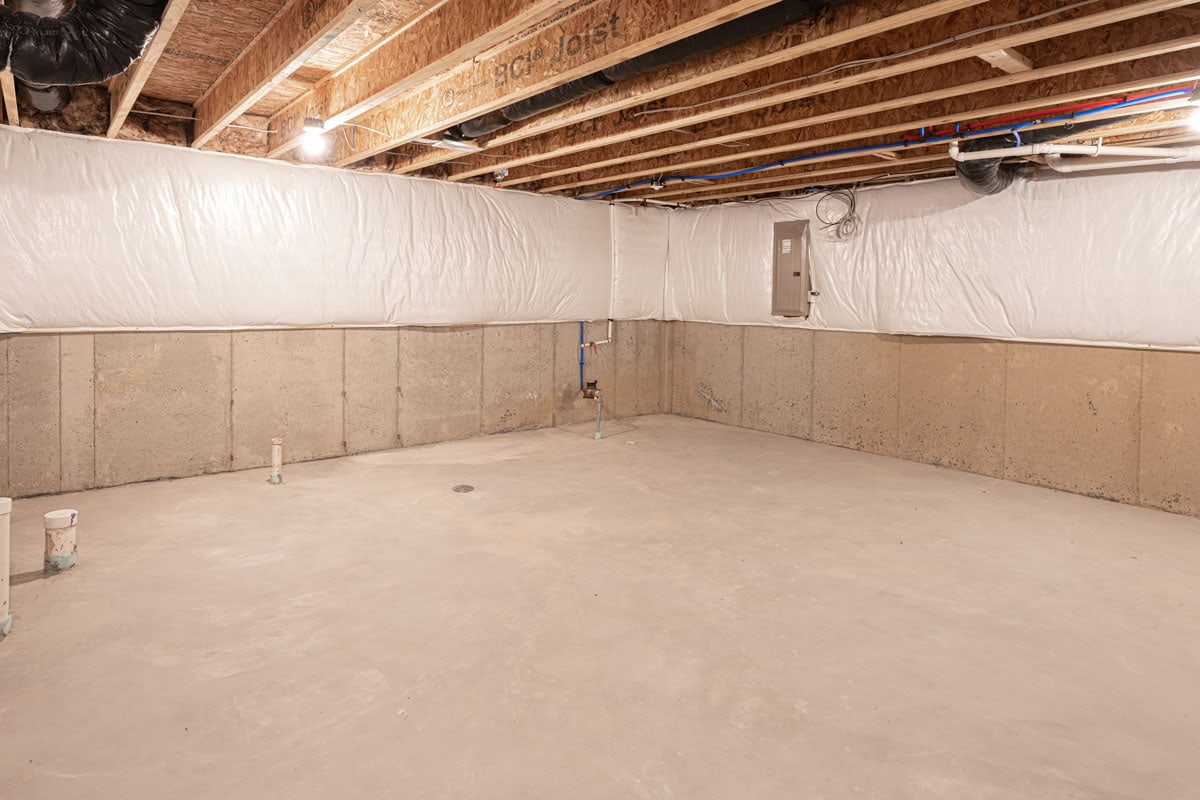
Contractors use RadonSeal as a second coating to waterproof wall interiors or slabs.
In addition to waterproofing, it also provides endurance to the concrete and extends its life. One review testified that RadonSeal is effective in sealing and blocking moisture in a basement.
Drylok has low resistance to water pressure and a poor waterproofing effect compared to other concrete sealers. It can lead to a damp concrete surface. One online review mentioned that the paint was lumpy and difficult to dry.
Quality And Longevity
A penetrating concrete sealer usually has a lifespan of up to 25 years. It is the longest-lasting type of concrete sealer, but it is still recommended to re-seal your concrete surface every five to 10 years.
RadonSeal can stay in good condition for one year on the shelf, even if you leave some after using it from the shipment date. Cover and seal the container and keep it in a dry place away from sunlight.
Drylok can last up to 15 years, depending on the product. For example, Drylok Floor & Wall Masonry Waterproofer has a lifespan of seven years, while Extreme Masonry Waterproofer can last 15 years.
Check out this Drylok latex finish on Amazon.
Coverage And Application
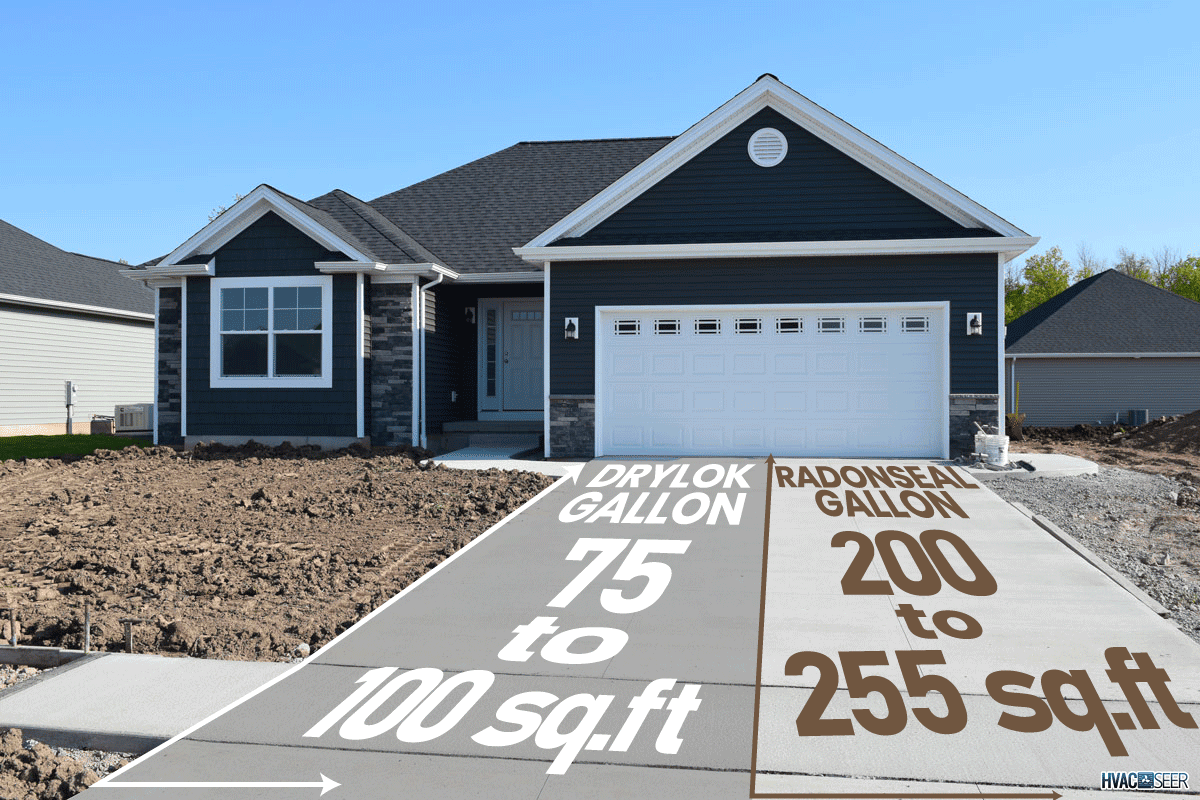
You can determine the coverage you need with the Drylok coverage area calculator online. Generally, a Drylok gallon can cover 75 to 100 sq. ft. or 90 to 100 sq. ft.
A gallon of RadonSeal has a coverage of 200 to 255 sq. ft. on poured concrete. Meanwhile, give gallons of RadonSeal can cover 1,000 sq. ft in two applications on poured concrete.
Applying RadonSeal
Prepare a low-pressure sprayer with a fan-style nozzle. You can also use a paint roller. Make sure the concrete surface is ready to be sealed without any traces of oil or dirt. Follow the steps below to seal your concrete using RadonSeal:
- Use a sprayer or a mop to wet the concrete surface with water.
- Shake the pail properly before opening. Remove the spout and pour it into the sprayer.
- Spray RadonSeal steadily on the concrete surface. Spray it more on quick-absorbent spots to achieve a shimmering coat. RadonSeal can be walked on while still wet. Never let it run or spill on the surface. Remove excess or unwanted overcoat with a rag while it's still wet.
- Wait for 30 to 45 minutes before spraying the next application. Follow the same pattern you did on the first application while the surface is still moist. Ventilate the area so it can dry better.
- Wait two to three hours for the application to dry before rinsing the surface with water. Then, scrub it using a push broom to wash off the remaining residue. You can paint it afterward.
Check out this spin mop on Amazon.
Applying Drylok
Drylok doesn't need thinning and is ready to use. Make sure that the concrete surface is clean. Seal cracks and gaps first.
It is advisable to use a nylon bristle brush for better application. Follow the steps below to apply the concrete surface properly using Drylok:
- Stir the Drylok properly before and during the application without adding a thinning agent.
- Consider the recommended surface temperature of 50 degrees Fahrenheit or more when planning your application.
- Use a brush to coat the surface with Drylok. Avoid overbrushing.
- It is appropriate to have two coatings for a complete application. Drying time for each coat is three hours.
- You can use a brush or sprayer on your second coating.
Check out this Drylok bristle brush on Amazon.
Where To Use
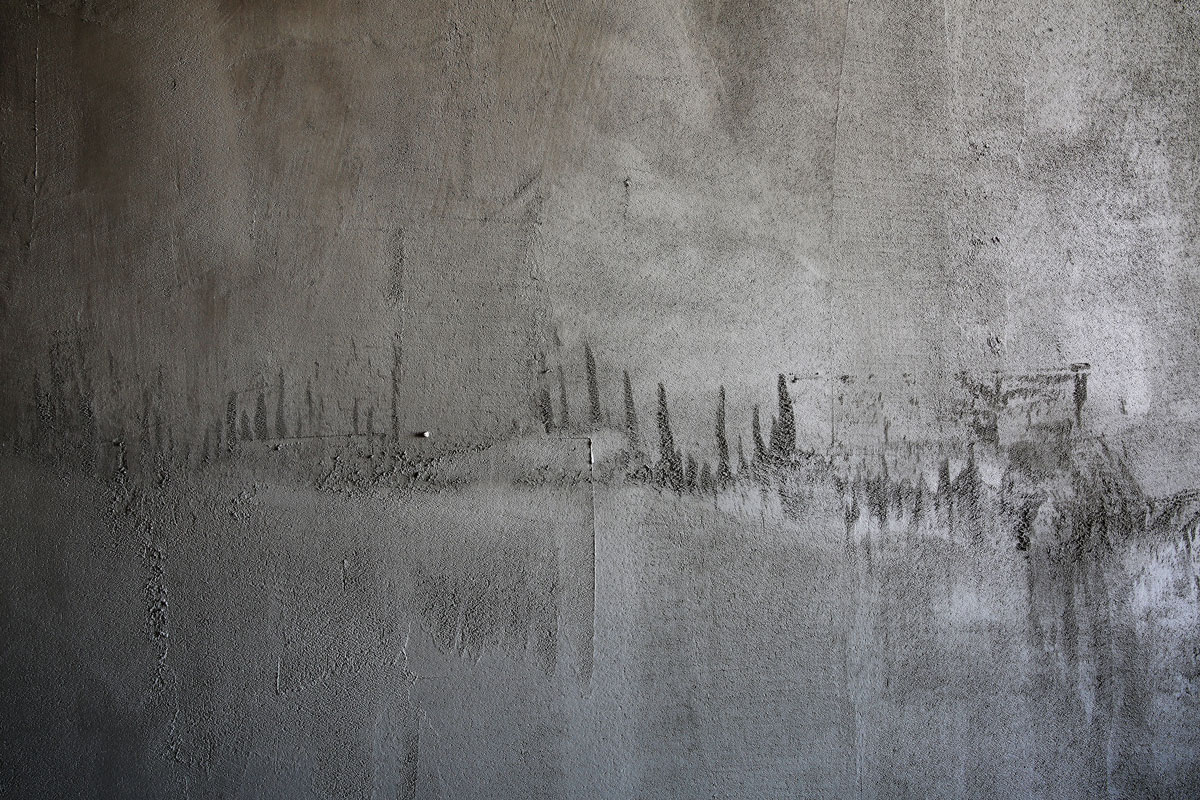
RadonSeal can be used on both indoor and outdoor concrete surfaces. You can also use it n concrete blocks, limestone, stucco, and sandstone. The brand has a specific product depending on the age of the concrete.
You can use it on basement walls and floors, slabs, sidewalks, pool decks, patios, driveways, parking areas, and other concrete areas.
There's one drawback of Drylok. It should not be used on concrete floors. However, you can use it on bare masonry, such as terra cotta, stucco, concrete, and cement.
You can apply it to interior and exterior areas, such as basements, living areas, laundry rooms, and more.
Cost
RadonSeal is more expensive than Drylok. A five-gallon container of RadonSeal costs around $220, while a 5-gallon container of Drylok is only around $170. Both brands offer different products and sealers at a variety of prices.
Safety Tips
Concrete sealers have chemical contents that can irritate your skin and affect your respiratory tract when inhaled.
Always observe safety precautions when handling such products. Here are some tips to properly handle concrete sealers to avoid accidents or injuries.
- Wear protective gear, such as gloves, goggles, eye protectors, and working clothes.
- Wash your hands properly with soap and water after handling the sealer.
- Never inhale the mist or spray.
- Apply sealer in a well-ventilated area or possibly outdoors.
- Never let the children play or have access to it.
- Dispose of the equipment and disposable tools and clean the area with soap and water. Keep away from waterways and sewage.
- Seal tightly after use and store the sealer in a cool, dry place. Protect it from freezing.
- Never eat or bring food into the working area.
- Follow instructions as advised by the manufacturer.
Check out these chemical-resistant gloves on Amazon.
Summing Up

RadonSeal and Drylok are both penetrating concrete sealers.
RadonSeal guards concrete surfaces from liquids and gases. It is not advisable to use it to patch up cracks and gaps. Drylok is a waterproofer, although it should not be used on concrete floors.
You can learn more about sealing concrete from these posts:
Should You Seal Your Basement Wall? [And How To],
What Is The Best Sealant For Basement Walls? [3 Great Options Explored]






